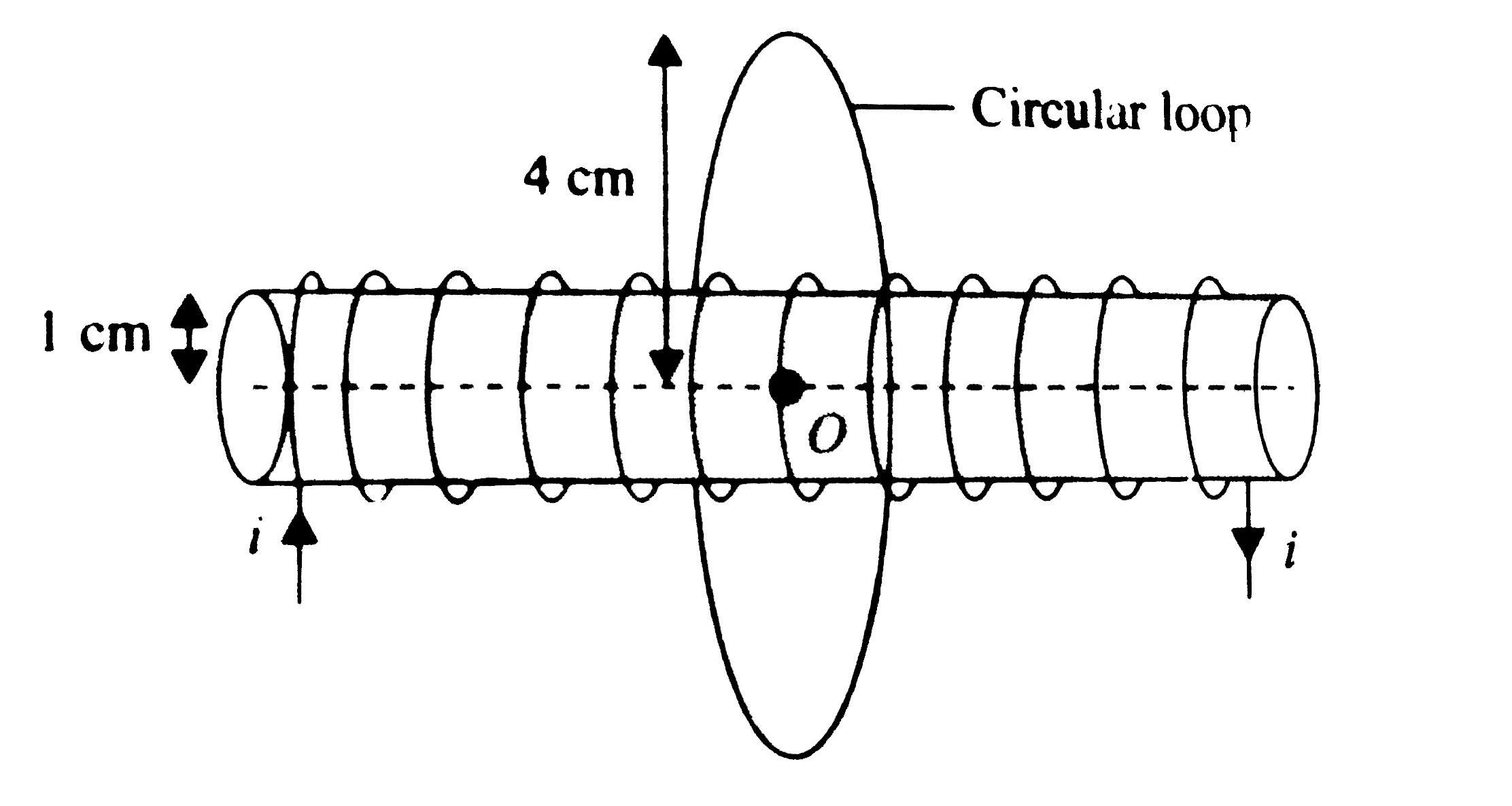The time required for a 50 Hz alternating current to increase from 0 to 70.7% of its peak value is
1.5 ms
10 ms
20 ms
14.14 ms
The correct Answer is:A
150×8
1400sec=2.5ms
Topper's Solved these Questions
- DAILY PRACTICE PROBLEMBOOK - RESONANCE ENGLISHCHAPTER - DAILY PRACTICE PROBLEMEXERCISE - DPP No.62
9 Videos
- DAILY PRACTICE PROBLEMBOOK - RESONANCE ENGLISHCHAPTER - DAILY PRACTICE PROBLEMEXERCISE - DPP No.63
9 Videos
- DAILY PRACTICE PROBLEMBOOK - RESONANCE ENGLISHCHAPTER - DAILY PRACTICE PROBLEMEXERCISE - DPP No.60
8 Videos
- CURRENT ELECTRICITYBOOK - RESONANCE ENGLISHCHAPTER - CURRENT ELECTRICITYEXERCISE - High Level Problems (HIP)
19 Videos
- ELECTRO MAGNETIC WAVESBOOK - RESONANCE ENGLISHCHAPTER - ELECTRO MAGNETIC WAVESEXERCISE - Exercise 3
27 Videos
Similar Questions
The time required for a 50Hz alternating current to increase from zero to 70.7% of its peak value is-
View SolutionThe time required for a 50 Hz sinusoidal alternating current to changed its value from zero to the r.m.s. value
View SolutionThe rms value of an ac of 50Hz is 10A. The time taken by an alternating current in reaching from zero to maximum value and the peak value will be
View SolutionThe root-mean-square value of an alternating current of 50 Hz frequency is 10 ampere. The time taken by the alternating current in reaching from zero to maximum value and the peak value of current will be
View SolutionThe peak value of an alternating current is 10. A. Find its rms value
View SolutionAn alternating voltage v(t)=220sin100πt volt is applied to a pureluy resistive load of 50Ω. The time taken for the current to rise from half of the peak value to the peak value is :
View SolutionAn A.C. source of voltage V=220 "sin" (100πt) volts is connected with R=50 Ohm.The time interval in which of the current goes from its peak value of half of the peak value is: (A) 1/400 sec (B) 1/50 sec (C) 1/300 sec (D) 1/200 sec
View SolutionA long solenoid having n = 200 turns per metre has a circular cross-section of radius a1=1cm. A circular conducting loop of radius a2=4cm and resistance R=5(Ω) encircles the solenoid such that the centre of circular loop coincides with the midpoint of the axial line of the solenoid and they have the same axis as shown in Fig.

A current 't' in the solenoid results in magnetic field along its axis with magnitude B=(μ)ni at points well inside the solenoid on its axis. We can neglect the insignificant field outside the solenoid. This results in a magnetic flux (ϕ)B through the circular loop. If the current in the winding of solenoid is changed, it will also change the magnetic field B=(μ)0ni and hence also the magnetic flux through the circular loop. Obvisouly, it will result in an induced emf or induced electric field in the circular loop and an induced current will appear in the loop. Let current in the winding of solenoid be reduced at a rate of 75A/sec.
When the current in the solenoid becomes zero so that external magnetic field for the loop stops changing, current in the loop will follow a differenctial equation given by [You may use an approximation that field at all points in the area of loop is the same as at the centre
View SolutionThe peak value of an alternating current is 5A and its frequency is 60Hz. Find its rms value. How long will the current take to reach the peak value starting from zero?
View SolutionThe peak value of an alternating current is 5A and its frequency is 60Hz. Find its rms value. How long will the current take to reach the peak value starting from zero?
View Solution